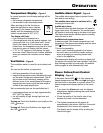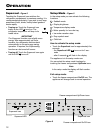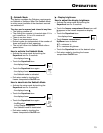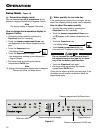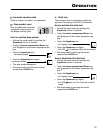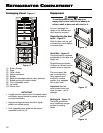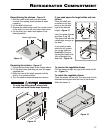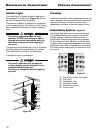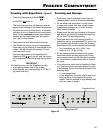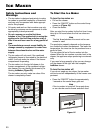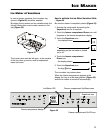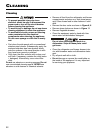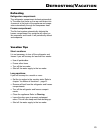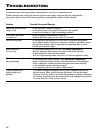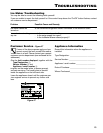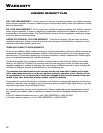
22
Cleaning
Cleaning
• To prevent possible injury due to an
electrical shock, be sure to disconnect the
power cord or turn off the circuit breaker
before cleaning the appliance.
• To avoid injury or damage, do not use steam
cleaning equipment to clean the appliance.
•
To avoid short-circuits, ensure no cleaning
water penetrates into the electrical
components when cleaning the appliance.
Do not use a sponge or cloth that is overly
wet.
• First clean the side panels with a conventional
stainless steel cleaner. Subsequently, apply the
enclosed stainless steel care product evenly
onto the surfaces in the same direction in with
they have been ground or polished.
• Only clean the door surfaces with a clean and
soft cloth. If necessary, moisten the cloth (water
+ detergent). Alternatively, use a micro-fibre
cloth.
Do not use abrasive or scouring sponges. Do not
use concentrated cleaning agents. NEVER use
abrasive or acid cleaners or chemical solvents.
• Remove all food from the refrigerator and freezer
compartments and store on a cool place tempo-
rarily. Store frozen food in other freezers if avail-
able.
• Remove the door racks as shown in Figure 8, 9.
• Remove glass shelves as shown in Figure 11.
• Remove vegetable drawers.
• Clean the equipment parts by hand with luke-
warm water and dishwasher detergent.
Do not clean the equipment parts in a
dishwasher. Strips of these parts could
get loose.
• Clean the refrigerator and freezer drawers inte-
rior with lukewarm water and dishwasher deter-
gent.
• Dry all parts well with a cloth.
• Do not damage or remove the model plate on
the inside of the appliance. It is very important
for servicing your appliance.



